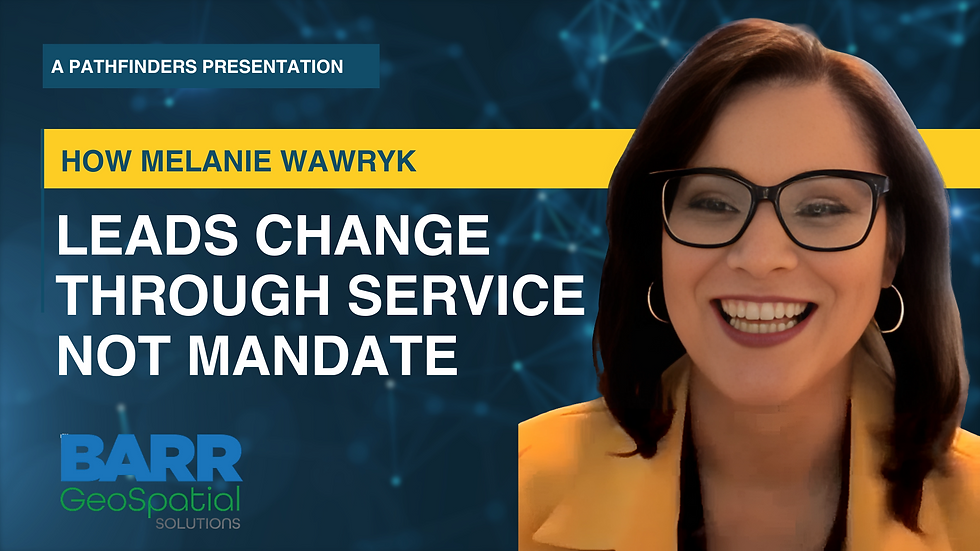Joseph Kerski: Building a More Thoughtful and Curious World
- Jeff Lamb

- Nov 19, 2024
- 2 min read
Updated: Aug 29
When Joseph Kerski lies down on a giant map of Colorado with students running barefoot around him, it might look like just a playful learning activity. But to him, it’s a deeper mission—to inspire a generation to think critically about space, systems, and society.
I’ve always known I wanted to help people make smarter decisions about the Earth,” Joseph says. As a kid, he’d photograph canyon walls from office windows and sketch his own cityscapes on poster boards—down to the street names and address ranges. “Pretty geeky,” he admits with a laugh. But those early instincts became the foundation for a career rooted in geography, geospatial thinking, and education.
Now a longtime member of the Esri Education team, Joseph helps educators—from elementary school teachers to university professors—integrate GIS (Geographic Information Systems) into classrooms in ways that actually spark curiosity.
“It’s not just about learning where things are. It’s about understanding why they’re there, how they change, and what that means for the future.”
The challenge, as Joseph sees it, is bridging the gap between disciplines. “You don’t teach spatial thinking in a vacuum,” he says. “It has to be woven into math, data science, economics—wherever students are struggling to connect with the material.” One of his solutions? A book called Teaching Mathematics with Interactive Mapping, filled with activities that let students use real-world GIS tools—no login required.
“If you’re bored in math class, maybe you’ll perk up when you realize you can map wildfire zones or rainfall in the Amazon.”
But changing minds takes more than clever tools. “There’s still this notion that GIS is a niche thing—something you took one course on in college,” Joseph explains. “People don’t realize it’s critical infrastructure. It’s how cities plan walkable neighborhoods, respond to natural disasters, and protect water resources.”
He’s learned that the key isn’t to sell the technology, but to listen. “I always ask educators: where are you stuck? What isn’t connecting with your students?” Only then does he suggest how GIS can help. “It’s about trust. I’m not here to pitch. I’m here to help them ask better questions.”
That people-first approach hasn’t always been easy. Joseph admits there have been moments of doubt—especially when writing books late into the night or facing skeptical colleagues. “I once watched a video of myself teaching 20 years ago, and I couldn’t even get through it. I talked too much, didn’t give space for hands-on learning. It was humbling.”
Yet, it’s this openness to growth that makes his impact so lasting. Whether it’s students at a high school in Virginia presenting GIS findings on stage, or a teacher using water balance data to reimagine a science lesson, Joseph sees sparks of possibility everywhere.
“They’re not just learning tools. They’re seeing themselves as agents of change.”
He’s especially proud when students use their skills for local action. “Want more skate parks? Survey your neighborhood. Map it. Build a dashboard. Show the city your case. GIS gives them agency.”
And in a world facing serious challenges—from climate change to digital overload—Joseph believes that sense of agency is more important than ever. “We’ve got problems. But we’ve also got good people, good data, and good tools,” he says. “Let’s give young people confidence and hope—not just facts.”







Comments